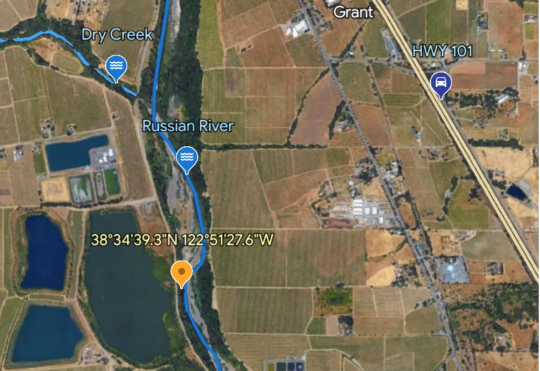Magnetic Levitation (MagLev) to Isolate and Evaluate Micron-sized Particles In the Russian River
Abstract
Microplastics threaten human health and ecosystem sustainability. Current density-based methods include sink-float method and sucrose density gradient. Our goal is to diagnose microplastic contamination in the Russian River, which will aid policymakers and Sonoma County residents in waste management habits. Our hypothesis is that MagLev is a viable technique for analyzing crude microplastic samples. We used a plankton net of 50 micron pore size to collect samples at the Russian River’s confluence with Dry Creek, and 30% H2O2 and nile red dye to detect synthetic material. We constructed MagLev device and developed solution for sample analysis. We used density standard beads of 0.9, 1.03, and 1.3 g/cc and a cis cinnamic acid crystal with a density of ~1.2 g/cc. SEM revealed mixture of particles. Future studies should identify microplastics by elimination and reference to plastics of known density, with potential projects including distinguishing plankton organisms.
Results
| Title | Format | Download | Students |
|---|---|---|---|
| Magnetic Levitation (MagLev) to Isolate and Evaluate Micron-sized Particles In the Russian River | poster | Camila Carrillo, Cesar Torres |
Key Terms: Russian Riverkeeper, trace analysis, paramagnetic, magnet, water
Project Date:
Fall 2022
Faculty:
- Manza Atkinson
Departments:
- Chemistry
Partners:
- Catherine Kingsbury
- Ryan Grumich
- Sujan Bhattarai
Students:
- Camila Carrillo
- Cesar Torres
Locations:
- Sonoma County
Project Topics:
- Biodiversity
- Health & Wellness
- Infrastructure & Utilities
- Technology
- Water
Funding Sources:
- Waters Collaborative
- Research Scholarship and Creative Activities Program (RSCAP)



